Orichalcum: Mysterious Metal Linked To Legendary Atlantis Discovered In Shipwreck
MessageToEagle.com – Scientists have made an extraordinary finding while recovering an ancient ship that sank 2,600 years ago off the coast of Sicily.
Nothing similar has ever been found, said one of the researchers who participated in the expedition.
Gleaming cast metal called orichalcum, which was said by Ancient Greeks to be found in Atlantis was discovered in the old shipwreck.
The lumps of metal were arriving to Gela in southern Sicily, possibly coming from Greece or Asia Minor. The ship that was carrying them was likely caught in a storm and sunk just when it was about to enter the port.
“The wreck dates to the first half of the sixth century,” Sebastiano Tusa, Sicily’s superintendent of the Sea Office, told Discovery News. “It was found about 1,000 feet from Gela’s coast at a depth of 10 feet.”
According to the researchers, the 39 ingots found on the sandy sea floor represent a unique finding.
“Nothing similar has ever been found,” Tusa said. “We knew orichalcum from ancient texts and a few ornamental objects.”
Indeed orichalcum has long been considered a mysterious metal, its composition and origin are widely debated.
According to the ancient Greeks, it was invented by Cadmus, a Greek-Phoenician mythological character. The fourth century B.C. Greek philosopher Plato made orichalcum a legendary metal when he mentioned it in the Critias dialogue.
Describing Atlantis as flashing “with the red light of orichalcum,” he wrote that the metal, second only in value to gold, was mined in the mythical island and was used to cover Poseidon’s temple interior walls, columns and floors.
Today most scholars agree orichalcum is a brass-like alloy, which was made in antiquity by cementation. This process was achieved with the reaction of zinc ore, charcoal and copper metal in a crucible.
See also:
Lady Of Atlantis – Controversial Artifact Of Which True Origin Remains Obscure
Bolivia And The Mystery Of The Twins Of Atlantis
Hyperborea Or Atlantis Ruins: Underground Secrets Of The Sacred Lake On The Arctic Circle
Analyzed with X-ray fluorescence by Dario Panetta, of TQ – Tecnologies for Quality, the 39 ingots turned to be an alloy made with 75-80 percent copper, 15-20 percent zinc and small percentages of nickel, lead and iron.
“The finding confirms that about a century after its foundation in 689 B.C., Gela grew to become a wealthy city with artisan workshops specialized in the production of prized artifacts,” Tusa said.
The 39 ingots recovered from the wreck were indeed destined to these workshops and were used in high quality decorations.
According to Enrico Mattievich, a retired professor of physics who taught at the Federal University of Rio de Janeiro (UFRJ), the ingots are not properly made from orichalcum.
“It appears they are lumps of latone metal, an alloy of copper, zinc and lead,” he told Discovery News.
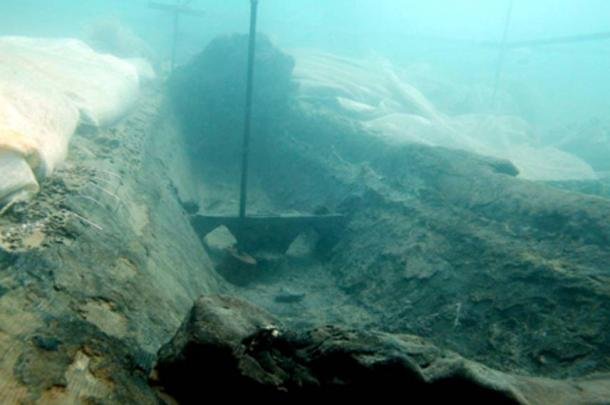
Mattievich, who has led a number of studies in physics applied to mineralogy, paleontology and archaeology, is one of the scholars who disagree on the brass-like nature of orichalcum.
While other scholars equated the mysterious metal to amber and to other copper based alloys, Mattievich believes orichalcum has its roots in the Peruvian Andes and in the Chavín civilization that developed there from 1200 B.C. to 200 B.C.
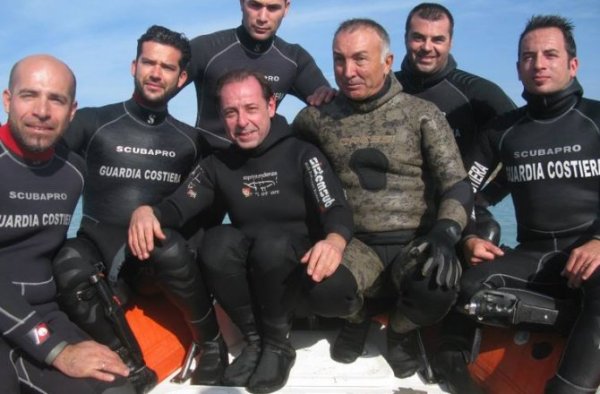
According to the scholar, who claimed in his book “Journey to the Mythological Inferno” that the ancient Greeks had discovered America, a metallic alloy “with fire-Iike reflections” similar to Plato’s description was found in a set of metallic jaguars of Chavin style, which turned to be made of 9 percent copper, 76 percent gold and 15 percent silver.
“It will provide us with precious information on Sicily’s most ancient economic history,” Tusa said.
Whatever the origins and nature of orichalcum, Tusa’s team plans to excavate the shipwreck and bring to light the entire cargo and hopefully we will soon learn more about this exciting finding.
MessageToEagle.com
Image courtesy of the Freer and Sackler Galleries, Smithsonian
Related Posts
-
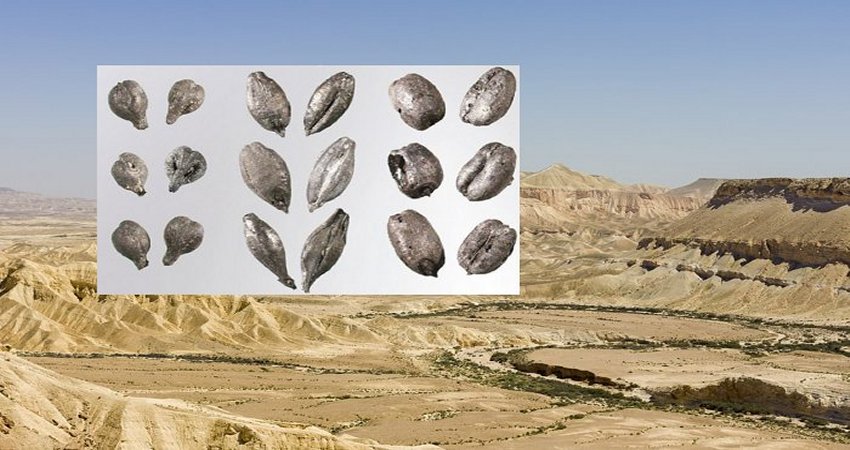 When And Why Negev Highlands’ Agricultural Settlement Was Abandoned? – Researchers Have Answers
No Comments | Jul 28, 2020
When And Why Negev Highlands’ Agricultural Settlement Was Abandoned? – Researchers Have Answers
No Comments | Jul 28, 2020 -
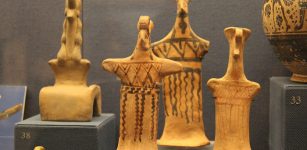 Mycenaean Culture Used Lignite For Their Kilns 3,000 Years Ago – Surprising Discovery Reveals
No Comments | Jan 25, 2022
Mycenaean Culture Used Lignite For Their Kilns 3,000 Years Ago – Surprising Discovery Reveals
No Comments | Jan 25, 2022 -
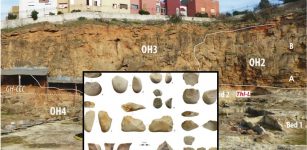 1.3-Million-Year-Old Stone Age Axe Discovered In Morocco Pushes Back The Start Sate Of Acheulian Technology In North Africa
No Comments | Jul 30, 2021
1.3-Million-Year-Old Stone Age Axe Discovered In Morocco Pushes Back The Start Sate Of Acheulian Technology In North Africa
No Comments | Jul 30, 2021 -
 Stone Age Europe Had Nine Distinct Cultures – Ancient Jewelry Reveals
No Comments | Feb 12, 2024
Stone Age Europe Had Nine Distinct Cultures – Ancient Jewelry Reveals
No Comments | Feb 12, 2024 -
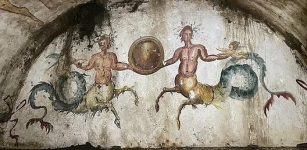 Remarkably Well-Preserved 2,000-Year-Old ‘Tomb Of Cerberus’ With Amazing Frescoes Discovered In Italy
No Comments | Oct 17, 2023
Remarkably Well-Preserved 2,000-Year-Old ‘Tomb Of Cerberus’ With Amazing Frescoes Discovered In Italy
No Comments | Oct 17, 2023 -
 Rare 3,000-Year-Old Gold Bead Found On Temple Mount By Young Boy
No Comments | Dec 1, 2020
Rare 3,000-Year-Old Gold Bead Found On Temple Mount By Young Boy
No Comments | Dec 1, 2020 -
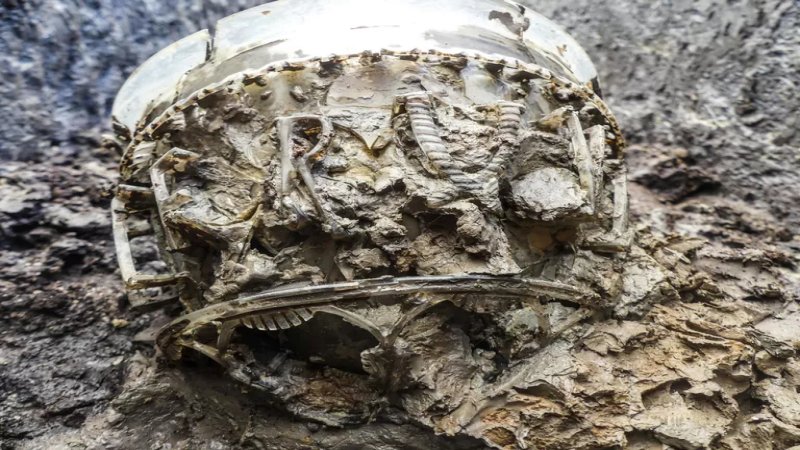 Extremely Rare Roman Glass Vase Adorned With A Message Found In France
No Comments | Nov 18, 2020
Extremely Rare Roman Glass Vase Adorned With A Message Found In France
No Comments | Nov 18, 2020 -
 Cats Were Rare And Expensive During The Viking Age – Spectacular Discovery Reveals Why
No Comments | Jan 12, 2017
Cats Were Rare And Expensive During The Viking Age – Spectacular Discovery Reveals Why
No Comments | Jan 12, 2017 -
 Charming 2,000-Year-Old Moon-Faced Clay Doll Discovered At Osaka Ruins, Japan
No Comments | Feb 1, 2017
Charming 2,000-Year-Old Moon-Faced Clay Doll Discovered At Osaka Ruins, Japan
No Comments | Feb 1, 2017 -
 Mystery Of A ‘Lost Church’ In Ancient Nicaea
No Comments | Feb 3, 2014
Mystery Of A ‘Lost Church’ In Ancient Nicaea
No Comments | Feb 3, 2014


